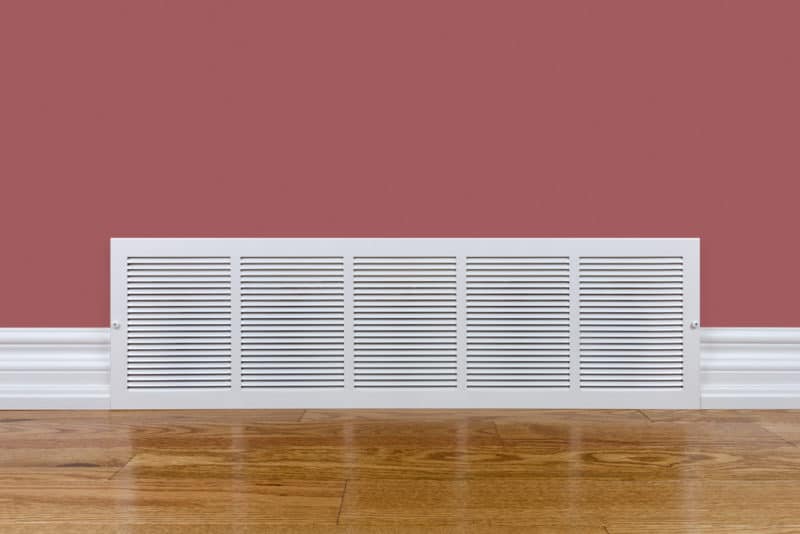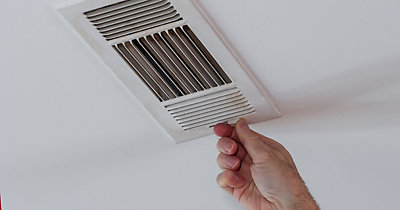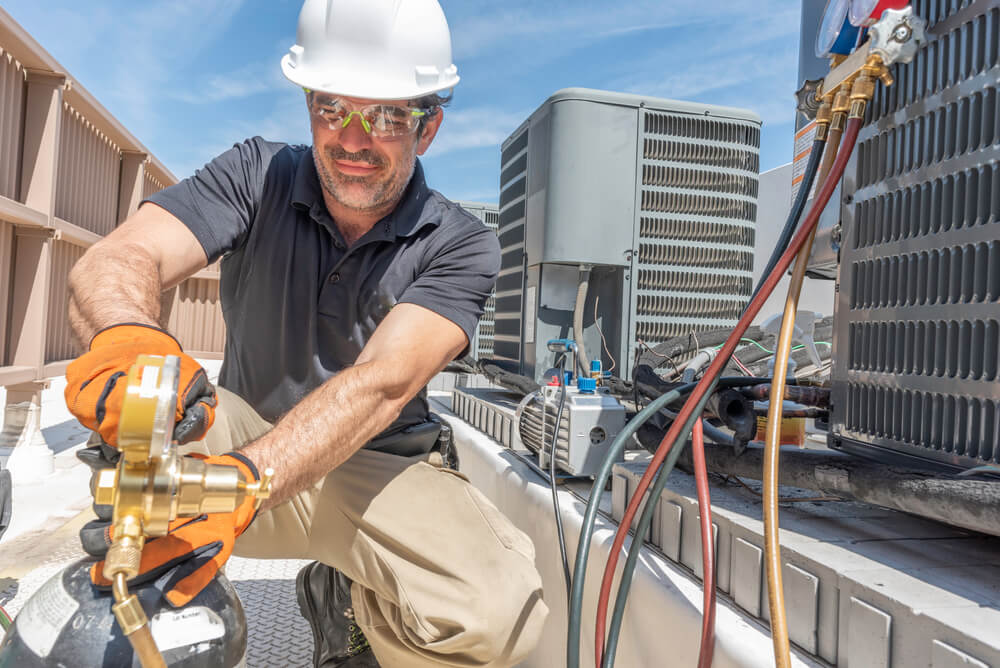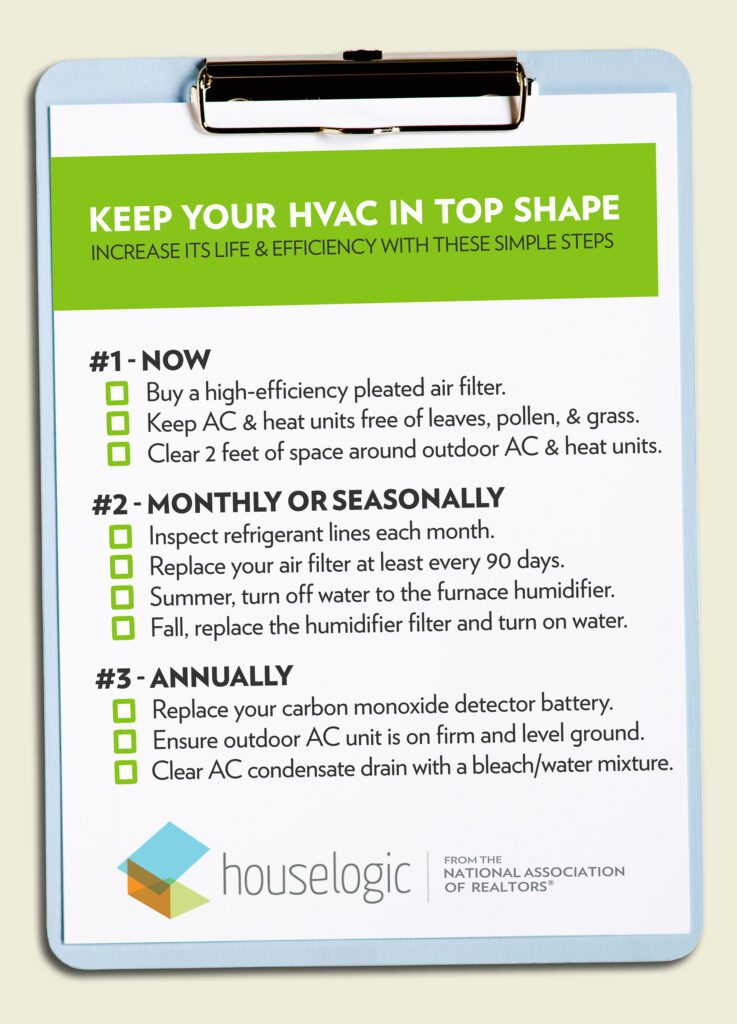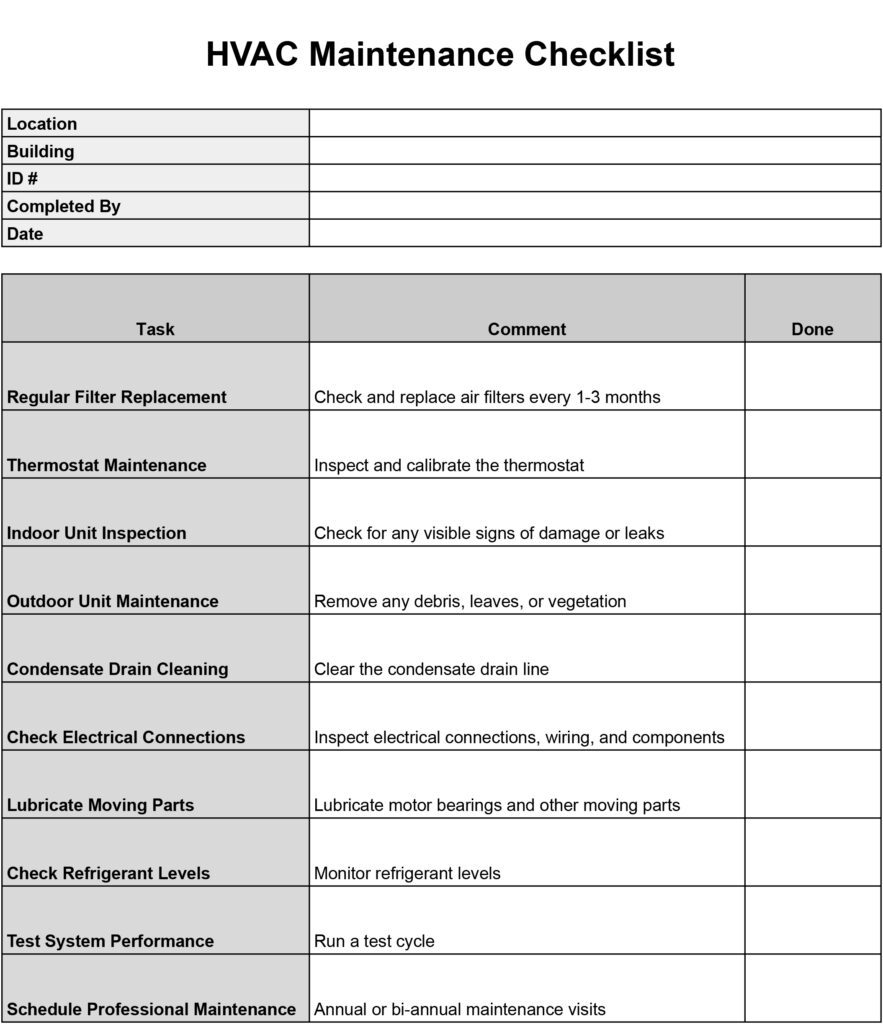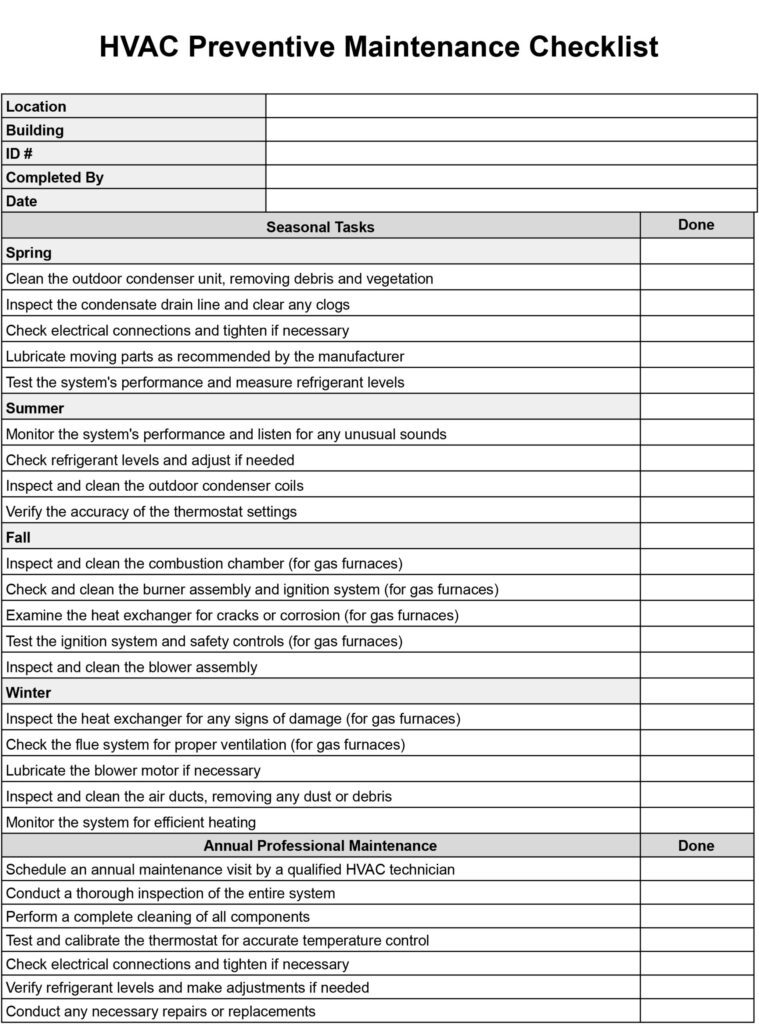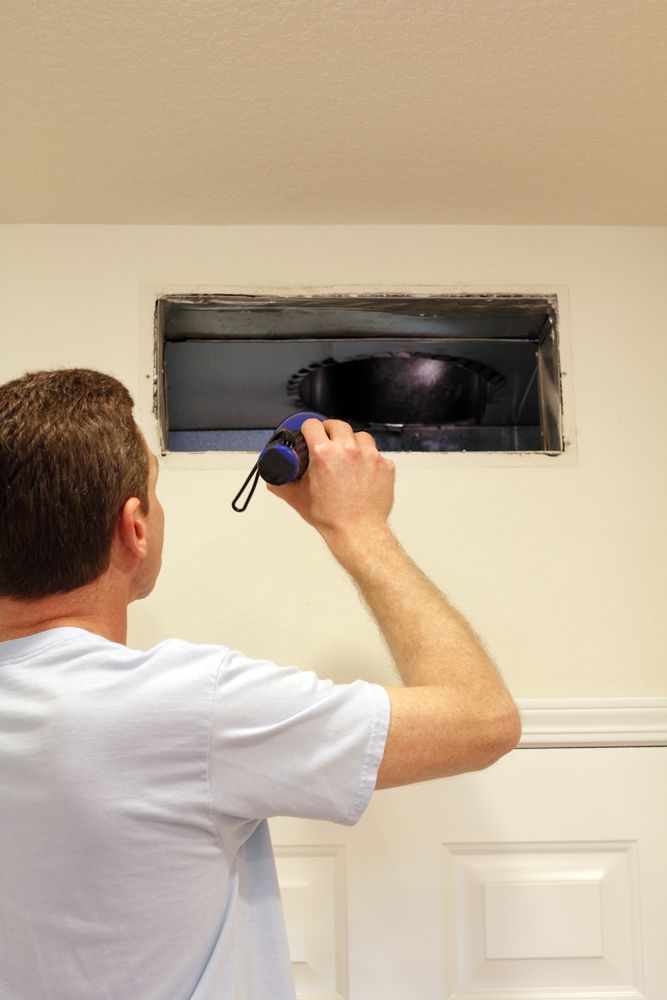So, you’re curious about what a HVAC return looks like? Well, wonder no more! In this article, we’ll provide you with a visual description of what a HVAC return is and how it plays a crucial role in your heating, ventilation, and air conditioning system. Whether you’re a homeowner looking to identify your HVAC return or simply interested in learning more about the inner workings of these systems, we’ve got you covered. Let’s dive right in and explore the world of HVAC returns! A HVAC return system is an essential component of any heating, ventilation, and air conditioning (HVAC) system. It plays a vital role in maintaining proper airflow and ensuring the efficiency of your HVAC system. Understanding the components, types, and factors to consider when choosing a HVAC return design is crucial for optimal performance. Additionally, knowing how to determine the size, properly maintain and clean the system, as well as identifying common issues and when to seek professional help are all important aspects of maintaining a functional HVAC return system.
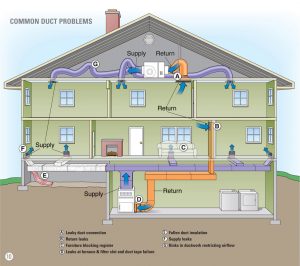

Components of an HVAC Return System
Intake grille
The intake grille is the part of the HVAC return system that allows air to enter the system. It is typically located on walls, ceilings, or floors and is designed to prevent larger particles from entering the return system.
Filter
The filter is responsible for removing dust, dirt, and other airborne particles from the incoming air. It helps improve indoor air quality and prevents debris from entering the ductwork and air handler. Regular filter replacement is essential for optimal performance and to avoid clogging, which can lead to reduced airflow.
Ductwork
The ductwork is the system of pipes or channels that distribute conditioned air throughout the building. In the context of the HVAC return system, the ductwork is responsible for carrying the air from the intake grille and filter to the air handler.
Air handler
The air handler is a device that regulates and circulates the air within the HVAC system. It typically consists of a blower, heating or cooling elements, and controls. The air handler is connected to the return system through the ductwork, receiving the air from the intake grille and filter.
Return vent
The return vent is the outlet through which the conditioned air is released back into the HVAC system. It is typically located strategically throughout the building to ensure proper airflow and distribution of conditioned air.
Types of HVAC Return Systems
Ceiling return
A ceiling return system is characterized by the placement of the intake grille and return vent on the ceiling. This type of system is often used in buildings where space is limited and requires the use of ceiling plenums or drop ceilings.
Wall return
A wall return system features the intake grille and return vent placed on the wall. This type of system is commonly used in residential buildings and offers flexibility in terms of placement and aesthetics.
Floor return
A floor return system utilizes the floor as the location for the intake grille and return vent. It is typically found in buildings with raised or non-raised floors, allowing for easy access and maintenance.
Factors to Consider When Choosing a HVAC Return Design
Noise level
One important factor to consider when choosing a HVAC return design is the noise level. Some return systems may produce more noise than others, depending on the type and design. Consider selecting a design that minimizes noise to ensure a comfortable environment.
Airflow efficiency
The airflow efficiency of a HVAC return system is crucial for the overall performance of the HVAC system. A well-designed return system should promote smooth airflow and minimize resistance, allowing for proper circulation and distribution of conditioned air.
Aesthetics
The aesthetics of a HVAC return system should also be taken into account when choosing a design. The intake grille and return vent should blend seamlessly with the surrounding decor and architecture, creating a visually pleasing environment.
Accessibility for maintenance
Easy access for maintenance and cleaning is another factor to consider when selecting a HVAC return design. Ensure that the chosen design allows for convenient filter replacement, inspection, and cleaning to maintain optimal system performance.
Space availability
The available space within the building may also influence the choice of HVAC return design. Certain designs may require more space or have specific spatial requirements, so it is important to consider the available space when making a decision.
Determining the Size of a HVAC Return
Calculating the total airflow
To determine the size of a HVAC return, it is important to calculate the total airflow required for the system. This can be done by considering factors such as the size of the space, the number of occupants, and the specific HVAC system requirements.
Determining the CFM per square foot
Once the total airflow is calculated, divide it by the square footage of the area served by the HVAC return system to determine the required cubic feet per minute (CFM) per square foot. This calculation helps determine the appropriate size of the HVAC return system.
Considering the equipment’s requirements
Different HVAC systems may have specific requirements when it comes to the size of the return system. It is essential to consult the equipment’s specifications and recommendations to ensure proper sizing and compatibility.
Consulting an HVAC professional
Determining the size of a HVAC return system can be complex and requires expertise. It is recommended to consult with an HVAC professional who can assess the specific needs of your space and provide accurate recommendations for sizing the return system.
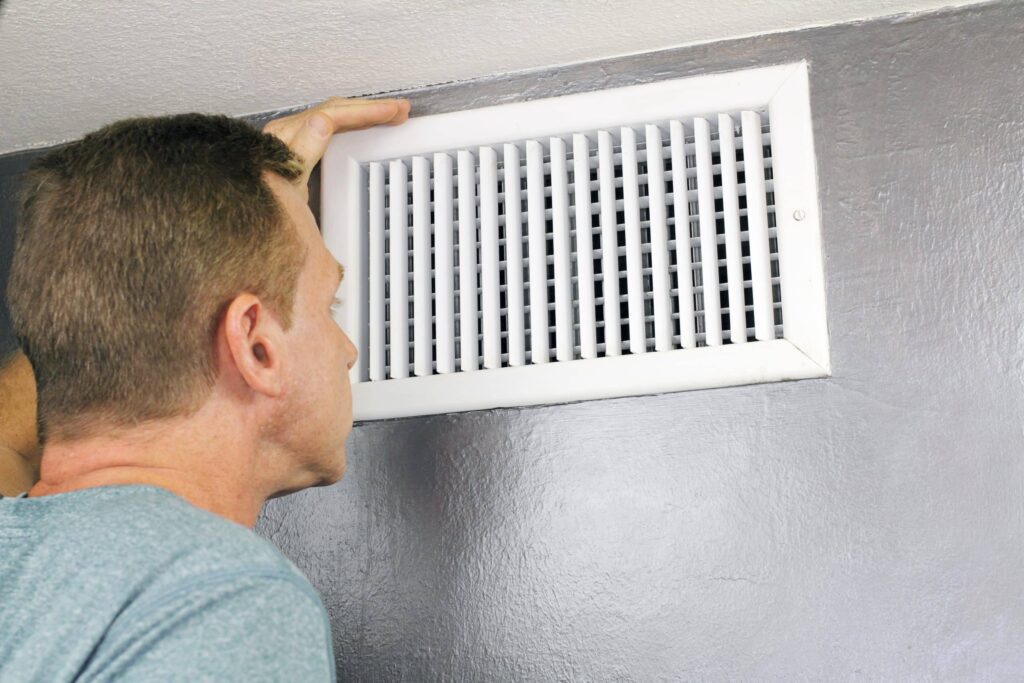

Maintenance and Cleaning of HVAC Return
Regular filter replacement
Regular filter replacement is crucial for maintaining optimal airflow and preventing the accumulation of dust and debris in the HVAC system. Follow the manufacturer’s guidelines and replace the filters as recommended to ensure efficient operation.
Cleaning the intake grill
The intake grille can accumulate dust and dirt over time, obstructing airflow and reducing the efficiency of the HVAC return system. Regularly clean the intake grille to maintain proper airflow and prevent the buildup of pollutants.
Clearing any obstructions in the ductwork
Inspect the ductwork periodically and clear any obstructions that may hinder airflow. Blockages in the ductwork can lead to reduced performance and inefficiency of the HVAC return system.
Routine inspection by a professional technician
To ensure the optimal functioning of the HVAC return system and identify any potential issues, it is advisable to schedule routine inspections by a professional HVAC technician. They can detect and address problems early on, minimizing the risk of costly repairs or system failure.
Common Issues with HVAC Return Systems
Insufficient airflow
One common issue with HVAC return systems is insufficient airflow. This can be caused by various factors, such as blockages in the ductwork, clogged filters, or improperly sized or designed return systems. Insufficient airflow can lead to poor performance and discomfort in the space.
Excessive noise
Another common issue is excessive noise produced by the HVAC return system. This can be caused by a variety of factors, including improper installation, loose components, or issues with the blower motor. Excessive noise can be disruptive and indicate underlying problems that require attention.
Uneven distribution of air
Uneven distribution of conditioned air is a frequent issue with HVAC return systems. It can result from improper design or sizing, air leaks in the ductwork, or blockages in the system. Addressing this issue is important to ensure a comfortable environment throughout the building.
Poor air quality
If a HVAC return system is not properly maintained or if the filters are not regularly replaced, it can lead to poor air quality. A clogged or dirty filter can allow pollutants, dust, and allergens to circulate, impacting the health and wellbeing of occupants.
Damage to the ductwork
Over time, the ductwork of a HVAC return system may develop leaks, cracks, or other forms of damage. This can result in reduced efficiency, energy loss, and compromised performance of the entire HVAC system. Regular inspection and timely repairs can help prevent further damage.
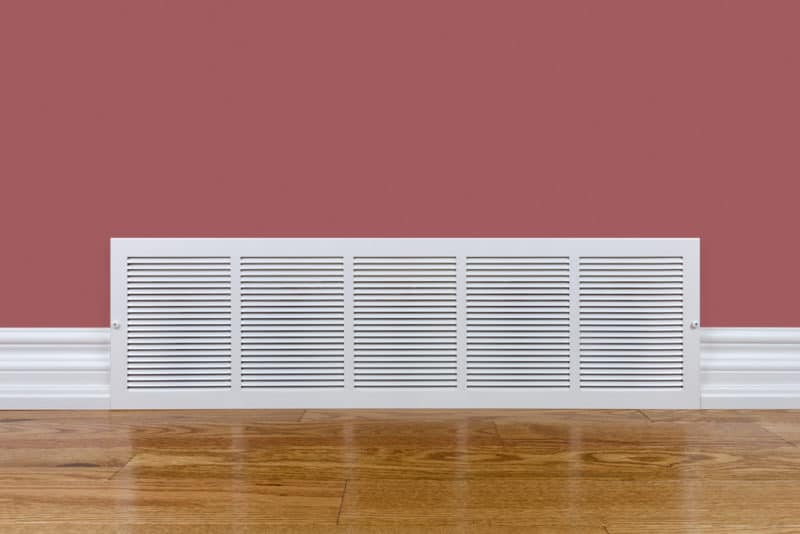

Tips for Improving HVAC Return Performance
Size the return correctly
Proper sizing of the HVAC return system is essential for optimal performance. Ensure that the size of the return system matches the specific requirements of the HVAC equipment and the space it serves.
Use high-quality filters
Investing in high-quality filters can significantly improve the performance and air quality of the HVAC return system. Look for filters with high efficiency ratings and replace them regularly as recommended by the manufacturer.
Ensure proper duct sealing
Properly sealed ductwork is crucial for maintaining efficient airflow and preventing air leaks. Inspect the ductwork for any gaps, holes, or loose connections, and seal them properly to minimize energy loss and improve system performance.
Minimize air leaks
Air leaks in the ductwork can cause significant energy loss and reduce the efficiency of the HVAC return system. Identify and seal any leaks or gaps to improve the overall performance and energy efficiency of the system.
Regularly maintain and clean the system
Regular maintenance and cleaning of the HVAC return system are essential for optimal performance. Follow the manufacturer’s guidelines for maintenance tasks such as filter replacement, inspection, and cleaning to ensure proper airflow and prevent issues.
Signs of a Faulty HVAC Return System
Inconsistent temperature throughout the house
If you notice significant temperature variations throughout your home or building, it may indicate a problem with the HVAC return system. Inadequate airflow or issues with the distribution of conditioned air can result in uneven temperature levels.
Increased energy bills
A faulty HVAC return system can lead to increased energy consumption and higher utility bills. If you notice a sudden or significant increase in your energy bills, it may be a sign that your HVAC return system is not functioning properly and requires attention.
Excessive dust accumulation
Excessive dust accumulation in your home or building can be a sign of a faulty HVAC return system. If your filters are not effectively capturing dust and dirt, they may need to be replaced, or there may be an issue with the HVAC return system’s performance.
Strange odors
Unpleasant or unusual odors coming from your HVAC system can indicate a problem with the return system. Mold, bacteria, or other contaminants may be present in the system, compromising indoor air quality and requiring immediate attention.
Loud or unusual noises
Unusual noises, such as rattling, banging, or whistling, coming from your HVAC return system can indicate underlying issues. These noises may be caused by loose components, damaged ductwork, or problems with the blower motor. Prompt investigation and repairs are necessary to avoid further damage.
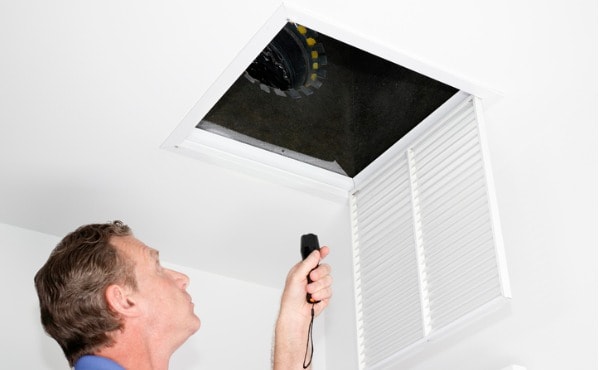

DIY HVAC Return Replacement
Gather necessary tools and materials
Before starting a DIY HVAC return replacement, gather all the necessary tools and materials. This may include screwdrivers, duct tape, new filters, and any other equipment specific to the replacement process.
Turn off the power
Ensure the power to the HVAC system is turned off before attempting any replacement or repair work. This will prevent any electrical accidents and keep you safe during the process.
Remove the old return components
Carefully remove the old return system components by following the manufacturer’s instructions. This may involve removing screws or releasing clips to detach the grille, filter, and other parts.
Install the new return system
Install the new HVAC return system components, starting with the intake grille, followed by the filter, ductwork, and return vent. Ensure that each component is properly aligned and securely fastened to prevent any future issues.
Test for proper functionality
After installation, turn the power back on and test the functionality of the new HVAC return system. Check for proper airflow, distribution of conditioned air, and listen for any unusual noises. If any issues arise, consult a professional for further assistance.
When to Seek Professional Help
Complex installations
If you are dealing with a complex HVAC return system installation, it is advisable to seek professional help. They have the expertise and experience to navigate complex installations and ensure proper performance.
Severe damage or leaks
In cases of severe damage or leaks in the HVAC return system, it is best to consult a professional. They can assess the extent of the damage and provide the necessary repairs or replacements to restore functionality and prevent further issues.
Inadequate HVAC knowledge
If you lack the necessary knowledge and expertise in HVAC systems, it is wise to seek professional help. HVAC professionals have the training and knowledge to accurately assess and address issues with HVAC return systems.
Lack of necessary tools
Replacing or repairing a HVAC return system may require specific tools that you may not have readily available. In such cases, it is best to hire a professional who has access to the necessary equipment and tools.
Safety concerns
Working with HVAC systems can involve electrical components and potentially hazardous situations. If you are facing safety concerns or feel unsure about the work that needs to be done, it is safer to leave it to a professional who can handle it safely and effectively.
In conclusion, understanding the components, types, and factors to consider when choosing a HVAC return design is essential for a properly functioning HVAC system. Determining the size, maintaining and cleaning the system, addressing common issues, and knowing when to seek professional help are all important aspects of ensuring an efficient and reliable HVAC return system. By following proper maintenance practices and seeking professional assistance when needed, you can ensure optimal performance and comfort in your home or building.

